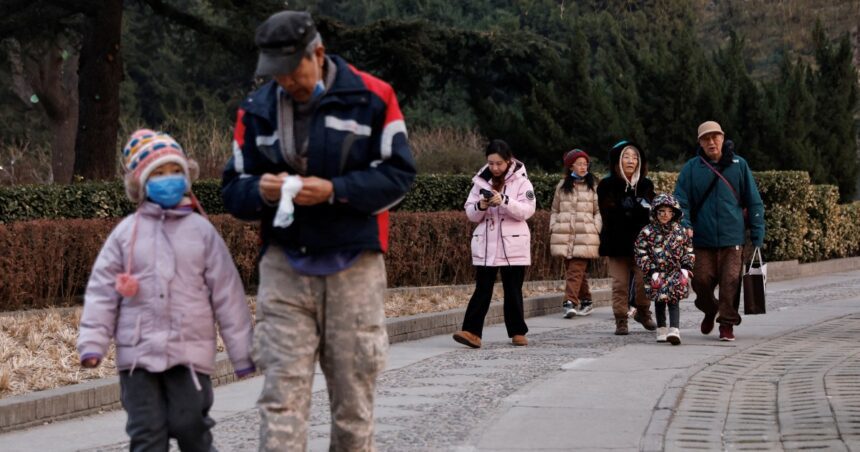China’s population decline has been a growing concern in recent years, with the National Bureau of Statistics reporting a decrease for the third consecutive year in 2024. The country’s population now stands at 1.408 billion, down by 1.39 million from the previous year, as deaths continue to outpace births.
Efforts by Beijing to encourage higher birth rates have not been successful, despite implementing various policies such as labeling single women as “leftovers” and providing subsidies for childcare expenses. The end of the COVID-19 pandemic in 2023 briefly saw a rise in marriages and births, but the overall trend remains downward.
Following the end of the “one-child policy” in 2016, families are now allowed to have up to three children. However, factors such as the high cost of living in urban areas and youth unemployment rates have made raising children less appealing to many young Chinese couples.
In response to the demographic crisis, the government has raised the mandatory retirement age and is facing challenges in maintaining economic growth. China’s economy grew by 5 percent in 2024, meeting expectations, but GDP growth is expected to slow down in the coming years.
Similar demographic challenges are being faced by other East Asian countries like Japan, South Korea, and Taiwan, due to factors such as restrictions on immigration and limited access to fertility treatments for unmarried women. As China grapples with its population decline, it remains to be seen how these challenges will be addressed in the future.










